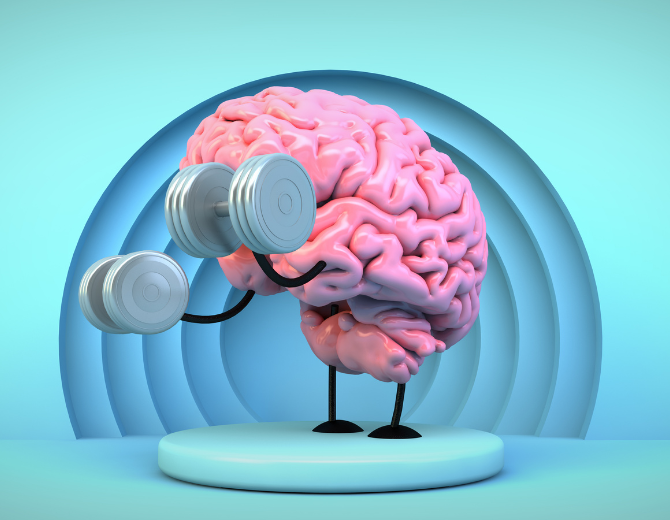
Ria Arora
4 Minutes Read

Neuroscience and Employee Happiness: A Quest for Measurement
Have you ever wondered why we haven't used neuroscience to make our workplaces happier? We spend so much time at work, so why not make it more enjoyable? That's what we're exploring here
Have you ever wondered why we haven't used neuroscience
to make our workplaces happier? We spend so much time at work, so why not make
it more enjoyable? That's what we're exploring here—how understanding the brain
can help us create work environments where people thrive.
Neuroscience isn't just about scanning brains or studying
neurons in a lab; it's about understanding why we do what we do and how our
brains respond to different situations. When it comes to work, this
understanding can be a game-changer. Happy employees aren't just a nice perk;
they're crucial for a company's success. Studies show that when people are
happy at work, they're more creative, better at solving problems, and stick
around longer. It's not just good for morale; it's good for business.
So why should we use neuroscience to create happier
workplaces? Because it offers objective insights into human behavior, thinking,
and feeling, giving us a scientific framework to understand what makes people
tick. Unlike traditional approaches that rely on opinions or stories,
neuroscience helps us understand the brain processes behind our actions and
experiences. With this knowledge, organizations can design interventions that
target specific brain processes, leading to better outcomes for everyone.
One of the coolest things about neuroscience is its focus
on neuroplasticity—the brain's ability to change over time. By implementing
strategies like mindfulness training or cognitive-behavioral techniques,
organizations can "rewire" employees' brains for happiness. Over
time, these changes can lead to a more positive work culture where people feel
supported, connected, and resilient.
But it's not just about the mental aspect—neuroscience
also sheds light on the physical effects of stress and burnout. Understanding
how chronic stress impacts the brain and body can help organizations implement
policies and practices that support employee well-being. Whether it's offering
flexible work arrangements or providing mental health resources, there are many
ways neuroscience can inform decisions that make our workplaces healthier and
more supportive.
Neuroscience can also help us understand bias and
prejudice, allowing organizations to create more inclusive cultures. By
implementing strategies like bias awareness training or diverse hiring
practices, we can build workplaces where everyone feels valued and respected.
Leadership plays a big role in creating brain-friendly
workplaces. By fostering trust, transparency, and psychological safety, leaders
can create environments where people feel empowered to do their best work.
Happy employees are more productive, innovative, and committed to their
organizations. It's a win-win for everyone.
Creating happier workplaces isn't a one-time thing; it's an ongoing commitment. Organizations need to stay curious, continuously evaluating and refining their strategies based on the latest research and insights from neuroscience. By embracing a culture of learning and experimentation, we can create workplaces that not only attract top talent but also inspire them to do their best work. It's time for organizations to embrace the breakthroughs in neuroscience and pave the way for a brighter, happier future
of work.


 }})